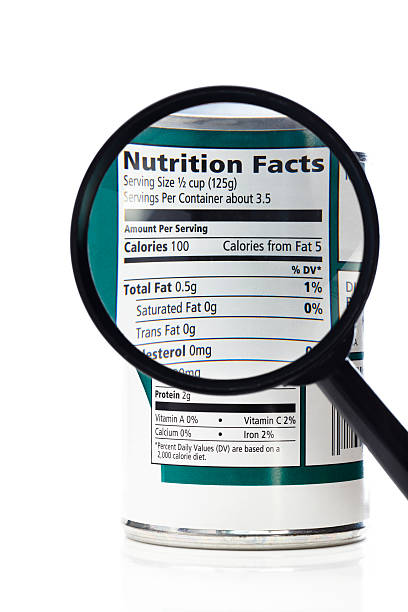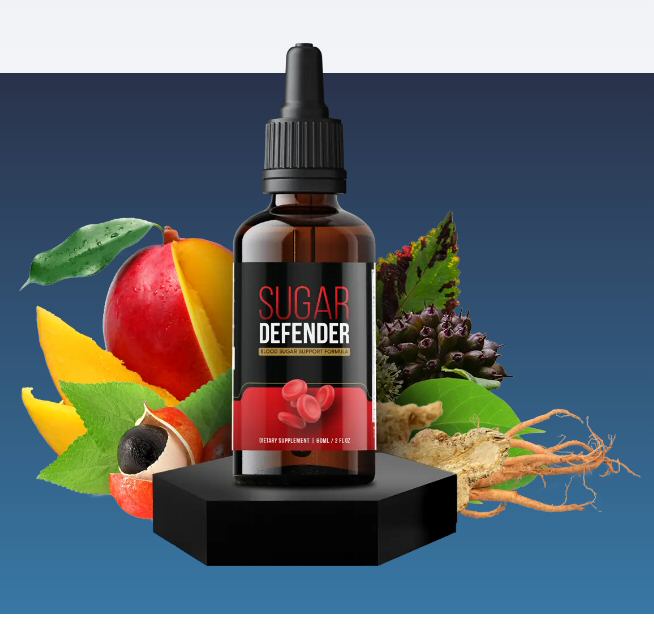Learn how to read and interpret nutrition labels to make informed choices for a healthier diet. Understand food labels in 2024 and boost your food literacy.
Introduction
Do you ever find yourself staring at the back of a food package, confused by all the numbers and terms? You’re not alone. Understanding nutrition labels can feel like deciphering a foreign language, but these labels hold valuable information that can help you make better decisions about your diet.
With more focus on health and wellness, being able to decode nutrition labels is essential for anyone looking to improve their eating habits, manage weight, or simply become more informed about what they’re consuming. In this guide, we’ll break down everything you need to know about reading food labels in 2024. By the end, you’ll feel confident navigating the aisles and selecting products that truly support your health.
Why Nutrition Labels Matter
Before diving into the details, it’s important to understand why nutrition labels are so important. These labels provide key insights into the nutrient content of a product, which can help you:
- Compare Products: By analyzing nutrition labels, you can compare similar products and choose the one that’s better for your health.
- Manage Dietary Needs: If you have specific health goals or conditions (e.g., diabetes, high blood pressure), understanding nutrition labels can help you avoid certain ingredients like added sugars or sodium.
- Avoid Unhealthy Ingredients: Reading the label lets you identify hidden sugars, unhealthy fats, and artificial additives in processed foods.

How to Read a Nutrition Label (Step-by-Step Guide)
Decoding a nutrition label is simple once you know what to look for. Here’s a breakdown of the most important sections:
1. Serving Size
The first thing to look at on a nutrition label is the serving size. This tells you the amount of food the label’s information is based on. If you eat more than one serving, you’ll need to adjust the nutritional information accordingly.
Example:
If a serving size is ½ cup and you eat 1 cup, you’ll need to double all the numbers on the label, including calories, fat, sugar, and sodium.
2. Calories
Next, look at the calories per serving. This tells you how much energy you’ll get from one serving of the food. For people managing their weight, tracking calorie intake can help balance energy consumption with physical activity.
Quick Tip:
A food with 100 calories per serving is considered moderate, while anything with 400+ calories per serving is high.
3. Macronutrients: Fat, Carbohydrates, and Protein
These three key macronutrients provide energy and are the building blocks of a balanced diet. Understanding how they break down on the label can help you meet your dietary needs.
- Fat: Look at both the total fat and the types of fat listed (saturated and trans fat). Opt for foods low in saturated and trans fats, as these are linked to heart disease.
- Carbohydrates: Pay attention to the types of carbs. Dietary fiber is a good carb that aids digestion, while added sugars should be limited.
- Protein: Protein is essential for muscle repair and immune function. Aim for a balance of protein in your diet, especially from lean sources.
4. Micronutrients: Vitamins and Minerals
Most nutrition labels will list Vitamin D, Calcium, Iron, and Potassium. These nutrients are crucial for bone health, oxygen transport, and heart function. Eating foods rich in these vitamins and minerals can help prevent deficiencies.
5. % Daily Value (%DV)
The % Daily Value shows how much of each nutrient a serving provides in relation to the daily recommended intake (based on a 2,000-calorie diet). Use this as a guide to see if a product is high or low in specific nutrients.
- 5% DV or less is considered low.
- 20% DV or more is considered high.
Understanding Claims on Food Packaging
Food manufacturers often include health claims on packaging to grab your attention. But what do these claims really mean? Let’s break down some common ones:
- “Low-Fat”: Contains 3 grams or less of fat per serving.
- “Reduced Sodium”: 25% less sodium than the original product.
- “High Fiber”: Contains 5 grams or more of fiber per serving.
- “Organic”: Must meet strict USDA guidelines for organic production.
While these claims can be helpful, don’t rely on them alone. Always read the full nutrition label to get a clear picture of the product.
Hidden Ingredients to Watch Out For
Even if a product seems healthy, there can be hidden ingredients that may not align with your goals. Here are some to keep an eye on:
- Added Sugars: These are sugars that don’t occur naturally in food. They can appear under many names like high fructose corn syrup, cane sugar, or agave nectar. The American Heart Association recommends limiting added sugars to no more than 24 grams per day for women and 36 grams per day for men.
- Trans Fats: Despite being banned in many places, some processed foods still contain small amounts of trans fats, often listed as “partially hydrogenated oils.” Avoid these as they raise bad cholesterol (LDL) and lower good cholesterol (HDL).
- Sodium: Processed foods are often loaded with sodium to enhance flavor. Too much sodium can lead to high blood pressure and other health issues. Aim for less than 2,300 mg of sodium per day.
Practical Tips for Healthier Shopping
Now that you know how to read a nutrition label, here are some practical tips for using this knowledge in the grocery store:
- Plan Ahead: Make a shopping list based on healthy recipes to avoid impulse buys.
- Shop the Perimeter: The outer aisles of most grocery stores contain fresh produce, lean proteins, and dairy—foods that typically don’t have labels but are naturally nutrient-dense.
- Compare Products: When deciding between two similar items, use the nutrition label to choose the one with less sodium, added sugars, or unhealthy fats.
- Watch Out for Serving Sizes: Always check the serving size to ensure you’re not eating more than intended.
If you are suffering from a blood sugar imbalance, such as pre-diabetes, which is a common occurrence in the West these days, you definitely need to try Sugar Defender. It has been scientifically proven to help relieve blood sugar problems. Just click on the image to get started:
Common Nutrition Label Myths
There are many misconceptions about food labels. Let’s clear up a few:
- Myth 1: All “Fat-Free” Foods Are Healthy
Just because a product is fat-free doesn’t mean it’s good for you. Many fat-free foods are loaded with sugar to enhance taste. - Myth 2: If It Says “Natural,” It’s Better
“Natural” isn’t a regulated term and doesn’t guarantee the product is healthy. Always check the ingredients and nutrition label. - Myth 3: Low Calorie Means Nutrient-Dense
Low-calorie doesn’t necessarily mean the food is rich in vitamins and minerals. Make sure the food you choose also provides beneficial nutrients like fiber, protein, or healthy fats.
Conclusion
Understanding how to read and interpret nutrition labels is a powerful skill that can greatly improve your diet and overall health. From calories to macronutrients and hidden ingredients, food labels offer insight into what you’re really eating. With this knowledge, you’ll be able to make more informed, healthier choices.
Next time you’re at the grocery store, take a moment to look at the labels, compare products, and choose the one that best aligns with your health goals. Remember, knowledge is power when it comes to nutrition!



